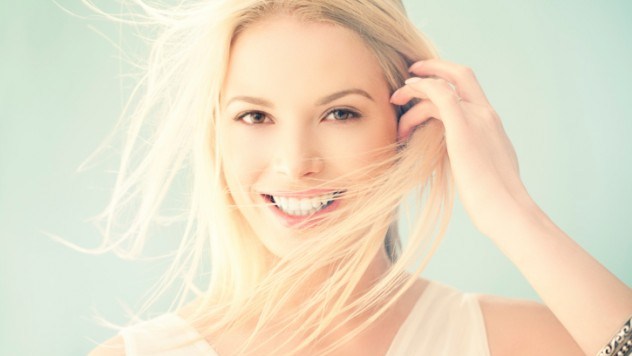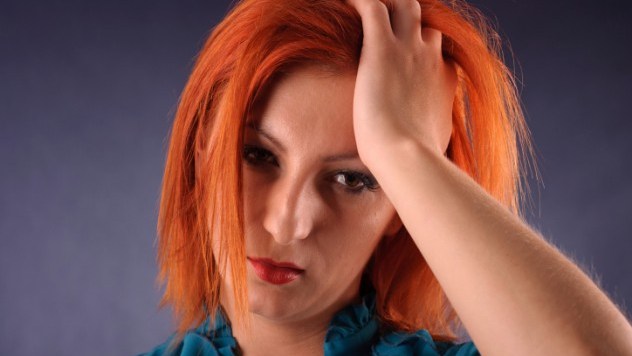Throughout history, human hair has been the subject of much vanity, research, and stereotyping. Hair traits and associated medical and social implications influence our perceptions of each other and ourselves. In this sometimes hair-raising account, we explore some of the most fascinating facts in the study of human hair.
1.Blonde Women Have More Estrogen

Hair color might not instinctively seem applicable as an indicator of human traits. However, hair color is an outward indicator and genetic phenotype component that means different things according to the gender of the person bearing it. For example, blondes are sometimes perceived as especially feminine. In fact, scientific investigation indicates that blondes have higher levels of estrogen than other females.Blondes may thus have finer features and a more "youthful" personality than darker-haired women. Surprisingly, blond hair does not seem to relate as much, if at all, to male hormone levels, although more research could always uncover surprises. Both male and female blonds have more hair, with an average of 130,000 hairs, compared to 100,000 for brunettes and 80,000 for redheads.
2.Redheads Get Hurt Easily

Redheads are often stereotyped as hot-tempered. While the jury may still be out on that particular personality trait, the science is fairly strong on the fact that redheads are definitely prone to getting sore—referring, of course, to how they perceive pain. Dentists and scientific researchers have noted that natural redheads are in fact more sensitive to pain than blonds or brunettes.At the same time, redheads are hit with an unfair and ironic combination—they are less sensitive to the effects of painkillers than blonds or brunettes. Redheads often avoid going to the dentist, and it turns out that a dose of painkillers 20 percent higher than the norm may be needed to properly inhibit their pain reception, according to a study recently published in the British Medical Journal. Redheads are also more susceptible to skin cancer, and, oddly, never develop gray hair. Redheads may eventually turn blondish, and then pure white.
3.Learning Disabilities And Hair Color

Blond hair and blue eyes might be seen as a striking combination, but they could also be correlated with an increased incidence of certain medical conditions. In a study of 50 learning disabled children, 20 percent were blond. However, only 11 percent of non-disabled children were blond. The blond hair and blue eyes combination is also often seen in patients affected by phenylketonuria, where phenylalanine builds up in the body. Behan et al. (1985) suggest a higher rate of blue-eyed blonds in the dyslexic population (they were also more likely to be left-handed). Another study noted a slightly increased incidence of learning disabilities reported by blond professionals. It is believed that melanin may play a role in the development of neural circuits, and some blonds may be more subject to certain conditions as a result of their reduced melanin levels.
4.Baldness Is Linked To Heart Disease

The loss of hair, whether as a result of a medical condition or aging, is often a great source of concern. It is usually males who go bald, while women almost always keep their hair, a fact related to testosterone levels. Baldness might seem cosmetic, but a recent medical study of 40,000 men has linked balding to a much greater risk of coronary heart disease. The risk of heart disease in men with male pattern baldness was found to be 70 percent greater than in non-balding males. Different levels of baldness carried differing risk levels, from 18 percent at mild to 48 percent for serious balding. The correlation between top of the head baldness and heart disease is believed to relate to multiple factors, potentially including insulin and hormone-related variables. Interestingly, a receding hairline and hair-loss away from the top of the head was not associated with heart disease.
翻译:王珊 来源:listverse












